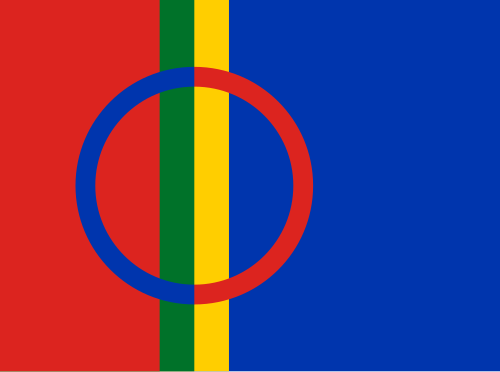Bloodroot natural plant dye has been used by First Nations to dye wool yarns, yielding reds, pink and orange colours.
Difficulty Level:
Average 4 hours
Here’s How:
- When handling dyestuffs, use rubber gloves to avoid absorbing the dye into your skin.
- Cut the roots of the bloodroot plant into small pieces and soak in water for 2 hours.
- Bring the water to boil.
- Add clean, premordanted wool into the dyebath.
- Simmer for 1/2 hour.
- Remove the wool and add Glauber’s salts to the dyebath. Stir well.
- Put the wool back in and simmer another 1/2 hour.
- Let the dyebath cool and remove the wool.
- Rinse and allow to dry.
Tips:
- Using Alum as mordant, you will get reds.
- Tin mordant will give pinks.
- No mordant will yield orange shades.
- Glauber’s Salt (Sodium sulphate) is used as a levelling agent, to even out the dye colour. You can use table salt instead.
Toxic – Caution
Bloodroot can be toxic if ingested, causing vomiting, dizziness, nerve damage, and even death. Bloodroot sap is a potent irritant of the moist membranes.
Aren’t Natural Dyes Safer than Synthetic Dyes
Bloodroot is not native to the UK, but I recently found some dried bloodroot for sale from a local dye supplier. I was planning on experimenting with this dyestuff but when I read about the potential toxic effects it can have (even while spinning with the bloodroot dyed fleece, I decided against it. There are safer ways to make natural red dyes.
Cherokee Natural Dyes
A bloodroot natural dye recipe for dyeing commercial cane.
Categories: DYES


